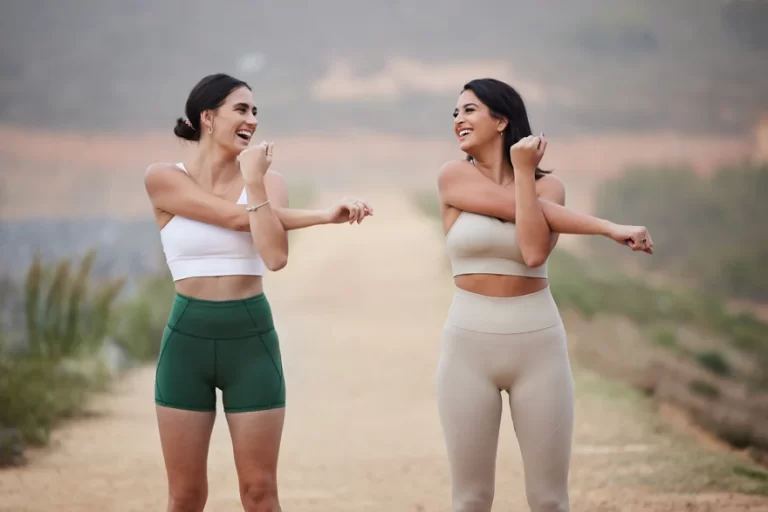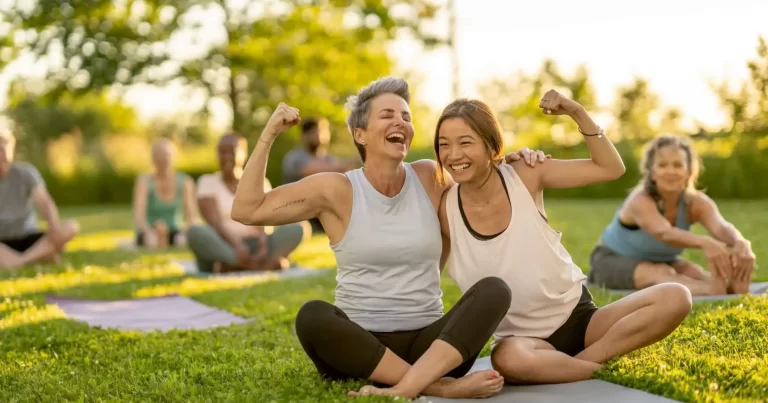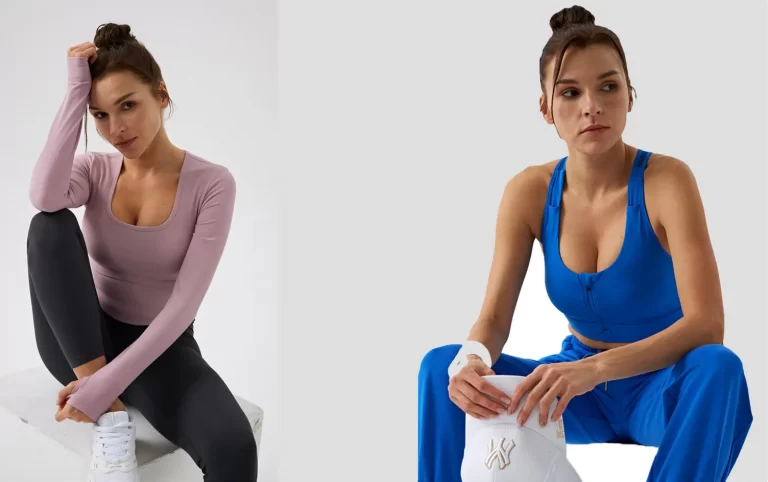Before we want to understand how moisture wicking works, we must first know what is moisture wicking. What are it characteristics? In which industries is this technology used? This article will tell you about the moisture wicking technology in detail.
What is Moisture Wicking?
Moisture-wicking refers to the process by which moisture is drawn away from the skin to the outer surface of the fabric, where it can quickly evaporate into the air. Fabrics with moisture-wicking properties are most commonly used in activewear to efficiently manage sweat, ensuring that it moves away from the body and dries rapidly before it can saturate the fabric.
This efficient moisture management is achieved through a mechanism known as capillary action. Capillary action, or capillarity, is defined by the Cambridge Dictionary as “the force that causes liquid to rise in a tube or other narrow space against the force of gravity.” Essentially, this means that sweat is able to move away from your skin and through the tiny spaces within the fabric of your clothing. This process is crucial for maintaining comfort and dryness during intense physical activities.
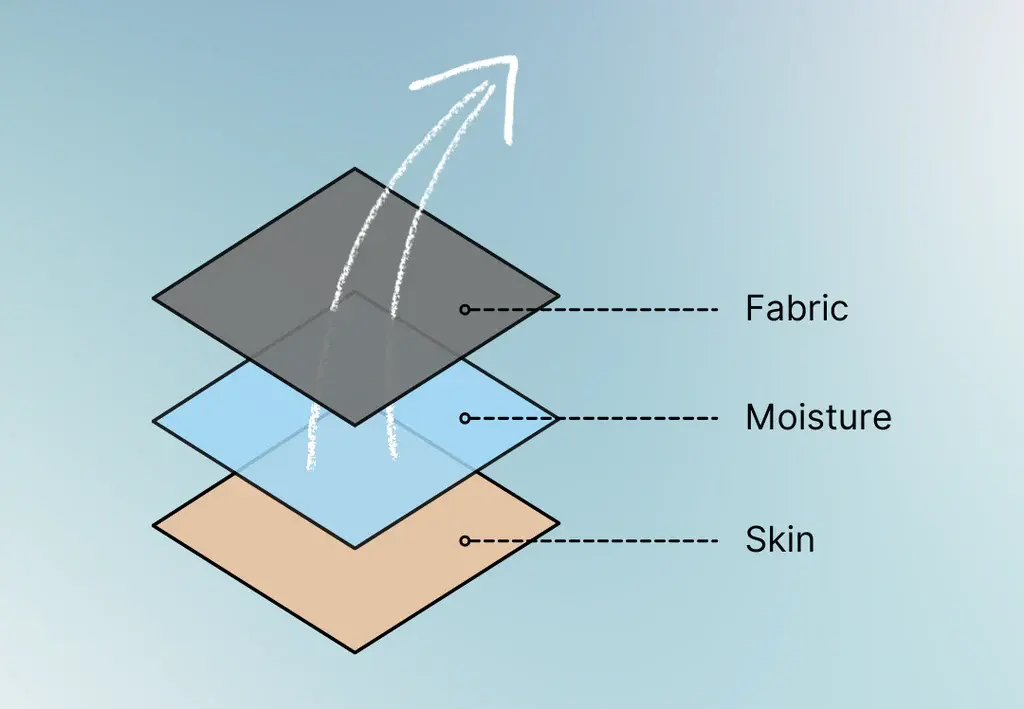
The reason why moisture-wicking or sweat-wicking clothing is more and more talked about by brands and consumers alike becomes clear: no one wants to feel or smell sweaty. Fabric that is specially designed to transfer sweat out of our clothes to be quickly evaporated is ideal for exercising as well as everyday wear.
Key Features of Moisture-Wicking Activewear Clothing
Fabric Technology:
- Polyester and Nylon Blends: Commonly used due to their lightweight and durable properties.
- Microfiber Fabric for Activewear: Fine fibers that increase surface area for better moisture management.
- Spandex in Moisture-Wicking Sportswear: Added for stretchability and comfort.
Breathability in Workout Clothes:
- Mesh Panels for High-Sweat Areas: Integrated in high-sweat areas like the back and underarms to enhance ventilation.
- Perforations for Better Air Flow: Small holes in the fabric to improve air flow.
Quick-Drying Activewear:
- Rapid Evaporation Sportswear: Fabrics designed to dry quickly, minimizing the discomfort of wet clothes.
- Lightweight Materials for Fast Drying: Helps in faster drying and better performance.
Odor Control in Athletic Clothing:
- Antimicrobial Treatments in Sportswear: Prevents the growth of bacteria and fungi that cause odor.
- Silver Ions in Moisture-Wicking Fabric: Often used in the fabric to fight odor-causing microbes.
Comfort and Fit in Activewear:
- Seamless Construction for Reduced Chafing: Reduces chafing and irritation during intense activities.
- Ergonomic Design for Better Fit: Provides a comfortable and secure fit, allowing full range of motion.
- Tagless Labels for Enhanced Comfort: Minimize irritation and improve comfort.
UV Protection in Workout Gear:
- UPF (Ultraviolet Protection Factor) Fabric: Fabrics that offer protection from the sun’s harmful rays.
Durability of Moisture-Wicking Clothes:
- Abrasion Resistance in Activewear: Fabric designed to withstand wear and tear from physical activities.
- Colorfastness in Workout Clothes: Maintains color and appearance even after multiple washes and prolonged exposure to sunlight.
Aesthetic and Style in Athletic Wear:
- Variety of Designs for Sportswear: Available in various colors, patterns, and styles to suit personal preferences.
- Reflective Elements in Running Clothes: For better visibility during low-light conditions.
Benefits of Moisture-Wicking Activewear
- Enhanced Performance in Workouts: Keeps you dry and comfortable, allowing you to focus on your workout.
- Temperature Regulation for Exercise: Helps in maintaining optimal body temperature by promoting sweat evaporation.
- Reduced Chafing in Sportswear: Smooth fabrics and seamless construction prevent skin irritation.
- Hygiene and Freshness in Athletic Clothing: Antimicrobial properties help keep your activewear smelling fresh even after intense workouts.
- Versatility in Moisture-Wicking Gear: Suitable for various activities such as running, yoga, gym workouts, and outdoor sports.
It is precisely because of the moisture-absorbing and sweat-wicking technology that its application scenarios are very wide. For example, sportswear and fitness, outdoor and adventure equipment, military and tactical equipment, workwear and uniforms, casual and daily wear, medical and nursing, morning and office clothing, underwear and basic layers, sneakers, pet clothing, textiles and household products, etc. Keeping you comfortable and dry no matter how intense your activity.
The Best Moisture-Wicking Yoga Wear Materials for Your Workout
Polyester: The Go-To for Moisture-Wicking Activewear: Polyester is a top choice for moisture-wicking shirts, and for good reason. It’s durable, lightweight, and breathable, making it a versatile option for a wide range of workouts and environments. Amie Dworecki, CEO and head coach of Running with Life, highlights polyester (or polyester blended with nylon or spandex) as a reliable choice. In fact, polyester forms the foundation of many custom moisture-wicking yoga clothing and activewear lines. Whether you’re running, doing yoga, or hitting the gym, polyester moisture-wicking activewear keeps you comfortable and dry.
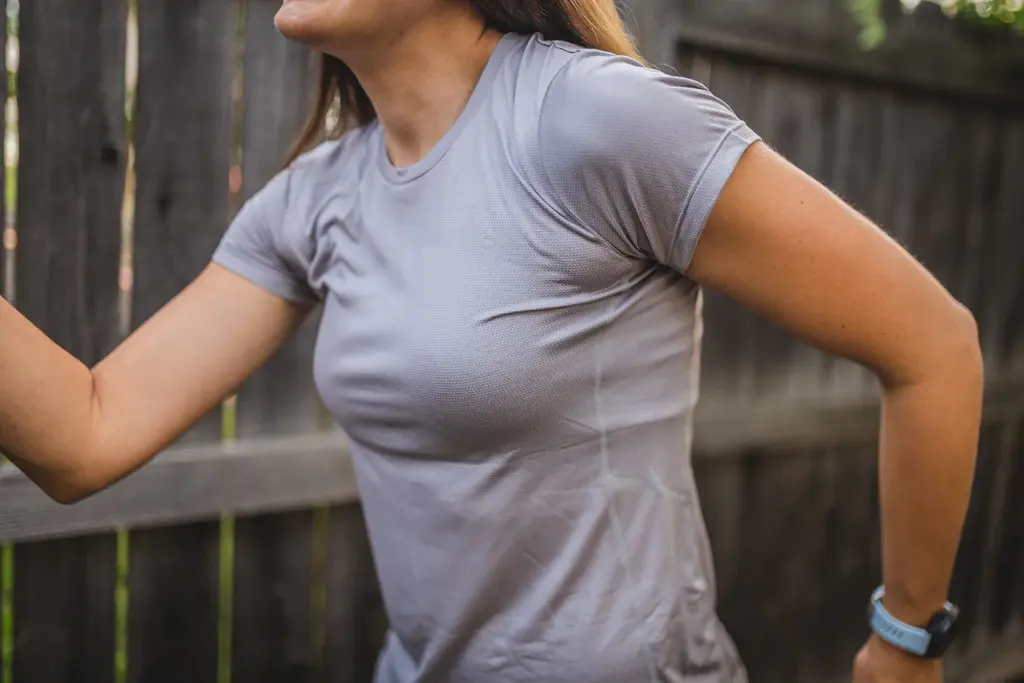
Polypropylene: Ideal for Cold-Weather Workouts: Polypropylene is another excellent moisture-wicking material. Lightweight with thermal properties, it’s ideal for cold-weather gear, says Wang of TheSkiGirl.com. This material helps keep you dry and warm, making it a popular choice for winter workouts. Polypropylene moisture-wicking shirts are perfect for outdoor sports in chilly conditions, providing both insulation and moisture management.
Nylon: Breathable and Comfortable: Nylon is a breathable synthetic material known for its comfortable fit, according to Dworecki. Like polyester, nylon is great for most workouts and is often blended with other sweat-wicking materials to enhance its effectiveness. Nylon moisture-wicking activewear is perfect for high-intensity workouts, offering flexibility and durability.
Merino Wool: Natural and Effective: Wool stands out for its unique properties. It absorbs a significant amount of moisture for its weight but doesn’t feel wet against your skin. This is due to the natural crimping of wool fibers, which creates space between the fabric and your skin, reducing the wet, heavy sensation common with other natural fabrics. Brady notes that wool’s shape, combined with its warming abilities, makes it excellent for cold-weather workouts. Merino wool, in particular, is favored for its thin fibers, resulting in lighter clothing compared to traditional wool. Merino wool workout apparel is available for both men and women and is an excellent choice for staying warm and dry during exercise.
Learn more about our fabric technology here!
Why wear moisture-wicking clothes?
Moisture-wicking clothes offer numerous benefits, making them ideal for a variety of activities and conditions. The sweat-wicking and quick-drying features of these fabrics make them perfect for exercising, whether you’re at the gym or out for a run. They’re also great for outdoor activities such as hiking and trekking, especially in hot and humid climates. If you tend to sweat a lot, moisture-wicking clothes can be a game-changer, helping you stay dry and comfortable without feeling self-conscious. The capillary action in the fabric moves moisture away from your body and clothes, keeping you cool and dry throughout the day.
These fabrics not only enhance comfort but also improve hygiene. By quickly moving sweat away from your skin, moisture-wicking clothes prevent that sticky, sweaty feeling, allowing you to stay fresh even during intense activities. This means no more waiting for your clothes to dry while feeling uncomfortable and smelling sweaty. Whether you’re at work, traveling, or simply enjoying a day out, moisture-wicking fabrics ensure you remain dry, comfortable, and confident, making them an essential part of any wardrobe. Let’s getting start to custom moisture wicking activewear!

